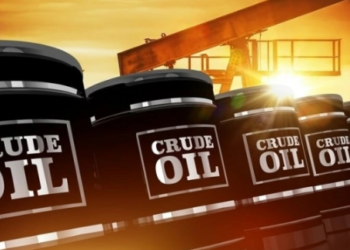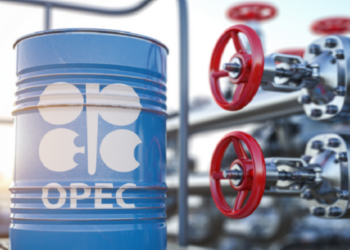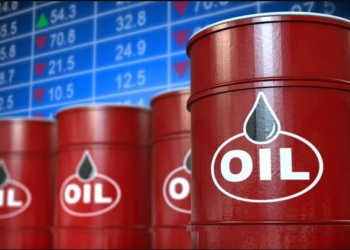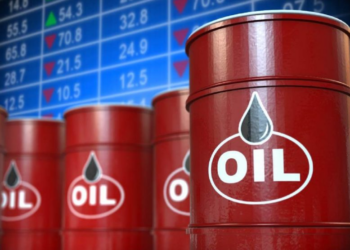Crude oil prices began the first trading session of the week on a bullish note. The feat was triggered after a tropical storm in the Gulf of Mexico compelled major U.S oil producers to shut down their oil rigs, but the upsurge in crude oil prices were capped by growing concerns about the falling demand for gasoline.
At the time of this report, U.S. West Texas Intermediate gained 0.51%, to trade at $37.52 per barrel, and Brent crude prices were up 0.25% to trade at $39.93 per barrel.
Both crude oil contracts ended lower in the previous week, its second consecutive week of decline.
READ: Analysts forecast when Nigeria’s Bonny Light could hit $50
Yesterday, Tropical storm Sally, picked up its strength in the Gulf of Mexico, west of Florida, and was turning to become a category 2 hurricane. The hurricane storm is disrupting oil supplies for the second time in less than four weeks, after hurricane Storm Laura swept through the Gulf coast.
What it means: Usually, crude oil prices surge higher when oil supplies are shut down, however, with the global exponential growth in COVID-19 caseloads, and oil demand falling momentarily, oil traders remain relatively cautious.
Stephen Innes, Chief Global Market Strategist at AxiCorp, in a note to Nairametrics, gave insights into the fundamentals, keenly monitored by oil traders.
READ: Nigeria, only oil producing nation that does not benefit from price increase – Sanusi
“Oil traders are back on hurricane watch, but it is all shoulders and heels while dancing to the tune of broader markets, amid more gloom on the supply-side,”
“Some Gulf of Mexico oil producers, on Saturday, idled production bracing for another hurricane brewing off Florida. But so far, the hurricane impact is getting offset by yet another gloomy short-term view that is likely limiting OPEC’s attempt to stabilize markets,”
READ: Oil prices rally higher, as U.S oil producers suspend operations in Gulf of Mexico
“Reports that Libyan commander, Khalifa Haftar gave his ‘personal commitment’ to reopen the energy sectors, could bring more barrels back to the market at the most unwelcome time of the year,”
“Unquestionably, this could put OPEC+ in an even more giant pickle, when they hold a virtual meeting on Thursday to review the current production intervention level’s price impacts.”














.gif)






